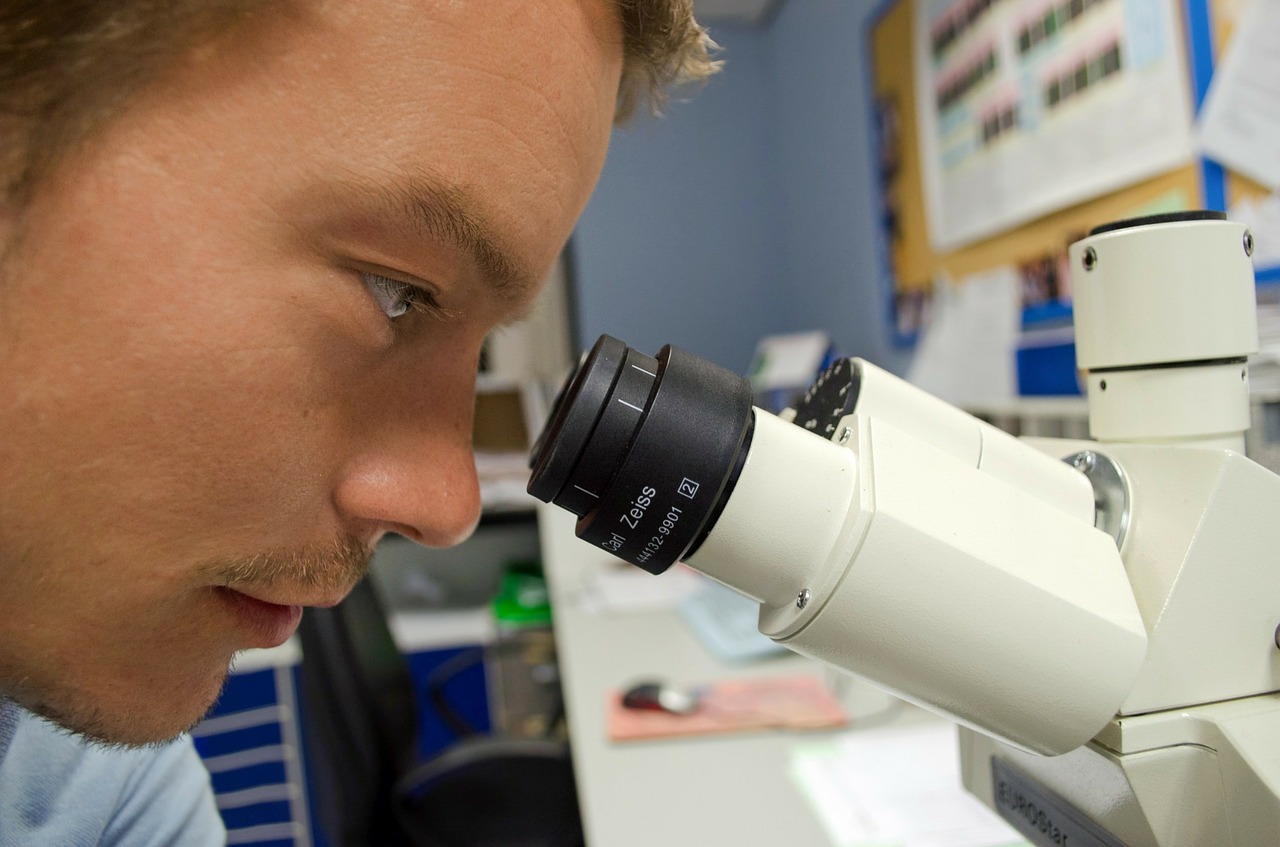Fatigue Crack Growth Model on Shape Memory Alloys Reveals Key Factors

A team of researchers from the University of Cambridge, ESA-ESTEC, and the Imperial College in London, have developed a model to evaluate fatigue crack growth in Shape Memory Alloys (SMAs). The goal of the model is to serve as a basis for a linearised system that will provide insight into the exact roles of transformation stresses, stress-strain hysteresis, and temperature.
Fatigue in SMAs is crucial to consider and evaluate because these elements are involved in cyclic mechanical motion, used in medical stents, actuator springs, etc. The problem is that engineers can only estimate this key aspect in the mechanical properties of an SMA only experimentally, which costs time and resources.
The model created by the researchers assumes minor strains and isothermal behavior. At the same time, it neglects plastic deformations as the yield stress in SMAs is typically more prominent than the transformational stress.
Then it uses a phase field (mathematical model for solving interfacial problems) to represent fractures and extend to fatigue and the variational formulation. Finally, a model to capture the mechanical response of SMAs is defined.
The main findings of the team are summarized below:
- Reduction in temperature leads to lower stress transformational thresholds.
- Samples that are initially in the austenitic phase exhibit shorter fatigue lives if the transformation stress is reduced.
- Decreasing the loading range increases the fatigue life.
- Cracks grow faster if they are thicker, but propagate in a stable manner if the loading is static.
- Cracks grow slower as the temperature rises.
- Smaller hysteresis materials generally exhibit flower crack growth rates.
Of course, the study wasn’t limited to generic conclusions but produced actual numerical data and useful graphs.
This work is vital because the scientists proved that they could use their model to predict fatigue failures in complex geometries at large scales or employ the model in computer simulation tools.
It is the first time that someone claims the ability to accurately predict the exact number of cycles to failure of any SMA without manufacturing a prototype and testing it.

 Tech Steel & Materials
Tech Steel & Materials